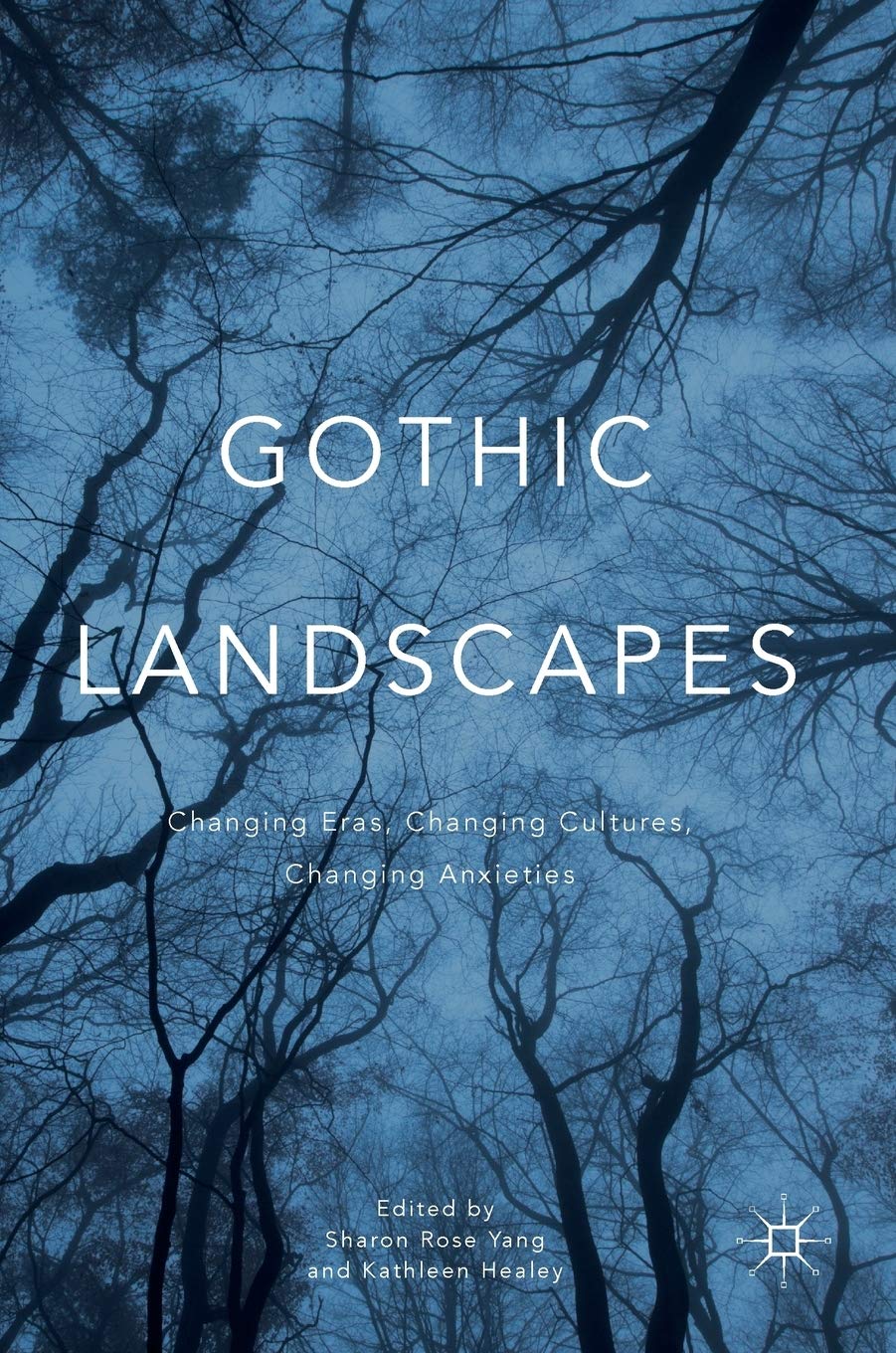Chapter: “Go Steady, Undine!”: The Horror of Ambition in Edith Wharton’s The Custom of the Country
- Contributor
- Editors
- Publisher
- Year
- ISBN
- Language
- Myrto Drizou
- Sharon Rose Yang & Kathleen Healey
- Palgrave Macmillan
- 2016
- 9783319331645
- English
In one of the most cutting remarks about society, in her 1913 novel The Custom of the Country, Edith Wharton points out that what is thought of as society is really like the houses it lives in: “a muddle of misapplied ornament over a thin steel shell of utility” (52). She goes on to suggest that “[t]he steel shell was built up in Wall Street, the social trimmings were hastily added in Fifth Avenue,” and “the union between them was as monstrous and factitious” as that “between the Blois gargoyles on Peter Van Degen’s [one of the nouveau riche characters’] roof and the skeleton walls supporting them” (52; emphasis added). Wharton’s reference to late-Gothic architecture underlines not only the grotesque vacuity of her social surroundings but also the monstrous translation of the Gothic element in the economic landscape of early twentieth-century middle- and upper middle-class New York; the Blois gargoyles in Peter Van Degen’s gaudy residence illustrate the sacrifice of taste, measure, and proportion for the sake of conspicuous consumption, enabled by the business deals of Wall Street and the fashionable world of Fifth Avenue. As opposed to this abuse of the Gothic by her contemporaries, Wharton utilizes a vast array of Gothic tropes in the novel to foreground the monstrous effects of late capitalism and unrestrained consumption on the social landscape of early twentieth-century America.


